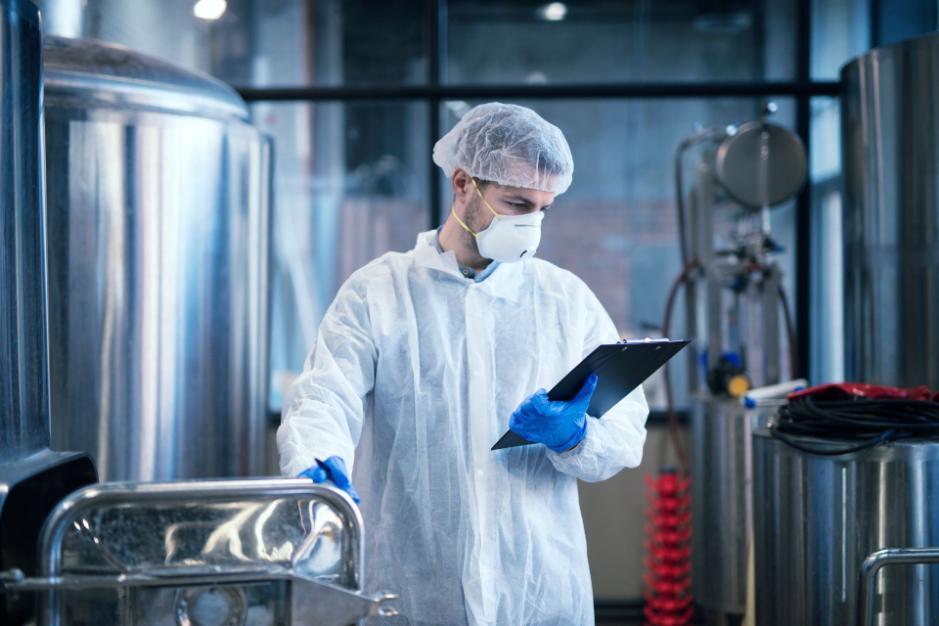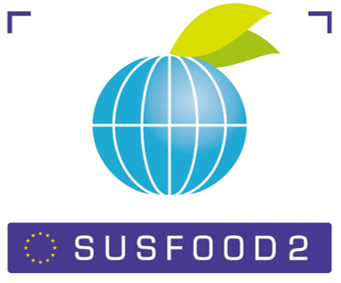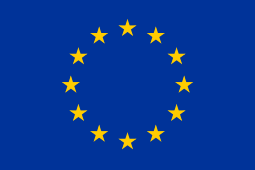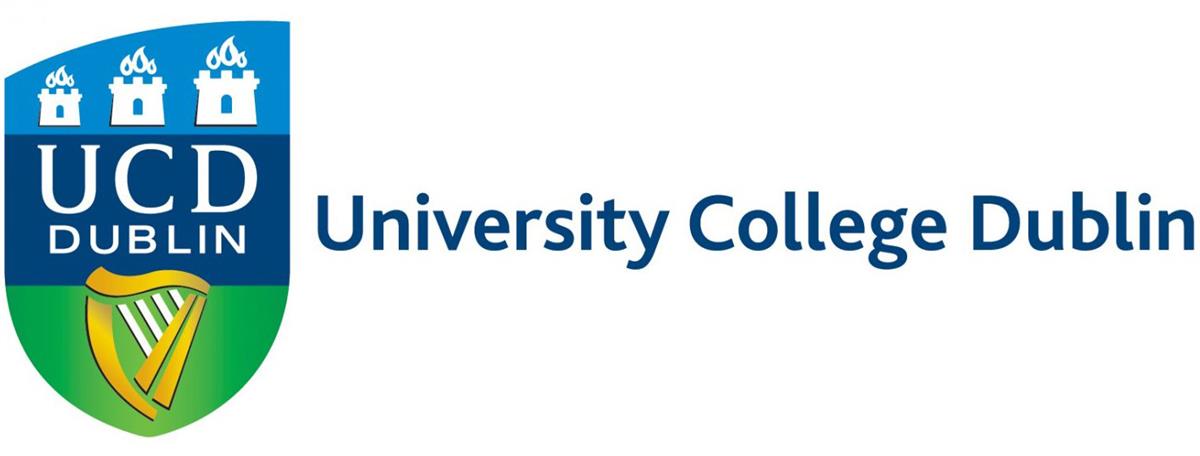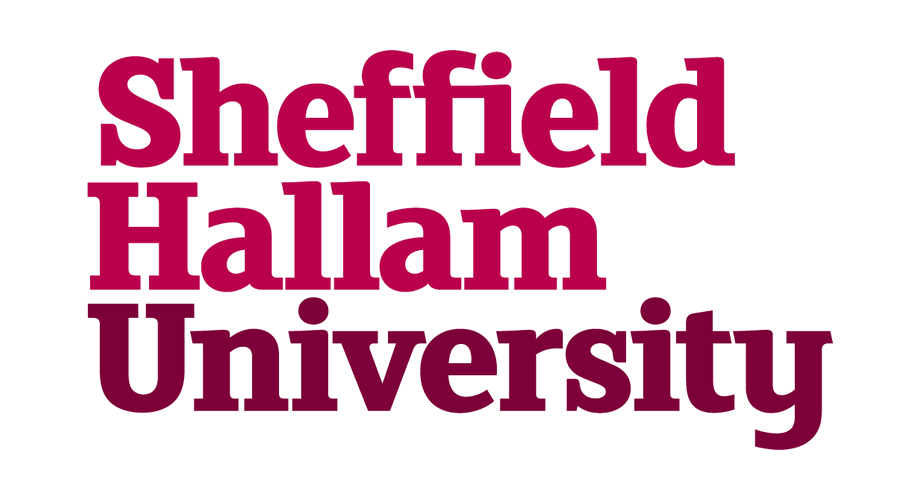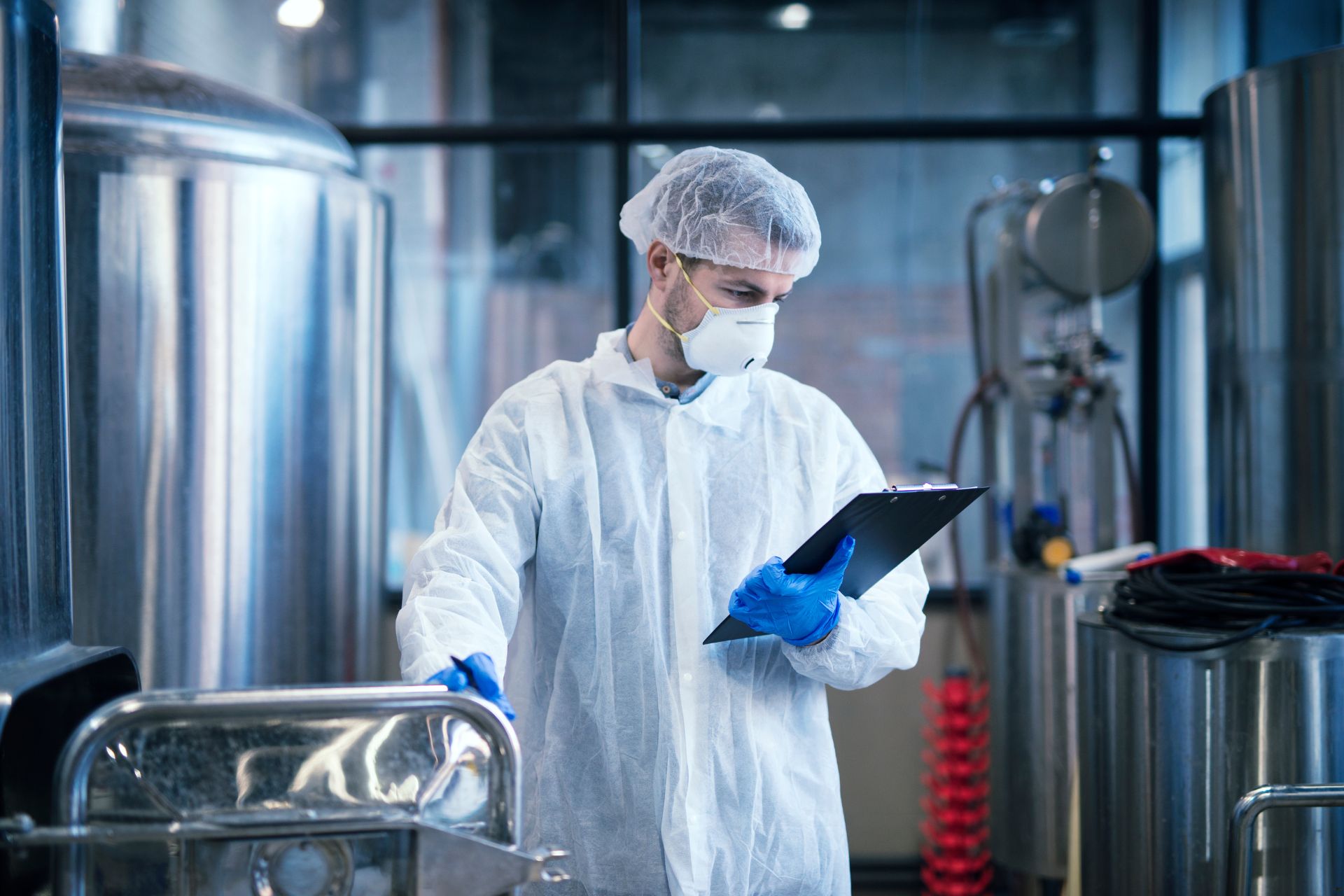
Innovative Processing & Food Quality
Professor James Lyng
Overview
The adoption of novel sustainable, innovative processing solutions capable of producing
microbiologically safe, high-quality products is essential for future economic growth and advancement in the European Food Industry. Novel mass transfer (e.g. extraction/ impregnation) and volumetric heating (e.g. softening, coagulation, cooking or heat processing) operations based moderate electric field (MEF) application to foods represent an extremely energy efficient yet low cost group of applications which will have a definite role in this innovation revolution.
Unlike high voltage pulsed electric fields (PEF), a technology which has received considerable attention in recent years, MEF involves a simpler more direct application of electrical current (i.e. no capacitors, pulse forming networks etc.) which is in the form of AC (vs. DC in PEF) at considerably lower field strengths (i.e. V/cm vs. kV/cm) than PEF. Further process intensifications and marginal gains are possible if MEF is applied in combination with ultrasound (US).
Research
Meat pasteurisation extensively evaluated considerable potential in product quality, MEFPROC building on previous knowledge re-heating uniformity, in pack heating and smart process tailored energy delivery.
APPLE JUICE PASTURISATION well suited to MEF, MEFPROC developing new knowledge comparing microbial inactivation, quality, energy consumption vs. conventional methods for freshly squeezed juices.
Ready meal pasteurisation many publications, factors such as particle shape and conductivity differences (liquid vs. particles) inducing heating rate differences between phases. MEFPROC enhancing ionic uniformity using a novel US pre-treatment approach.
Basil blanching: MEF and US reduce time, retain better tissue quality, MEFPROC using for Basil in a novel sequential combination.
Protein coagulation from wastewater and processing soluble and insoluble dietary fibre.
Pigment, Antioxidant Extraction from plants and Impregnation of cryoprotectants into Ruccola – MEF and US both enhance mass transfer MEFPROC pairing them in a novel way.
Mathematical modelling, a tool in food industry innovation, available models existing for MEF and US alone, MEFPROC developing novel combined MEF/US models, emphasizing their mutual roles in mass/heat transfer and electric/acoustic field interaction.
Impact
Health & Social Impact
The overriding objective of MEFPROC project is to bridge gaps in scientific and technical knowledge currently preventing uptake of MEF and US by the food industry providing innovative and sustainable processing solutions for European Food Manufacturers in a host of sectors. Key to achieving this aim will be the quantification and demonstration of yield gain and reduced energy consumption with MEF (and US enhanced MEF) compared to existing heating and/or mass transfer operations. To assist commercial uptake, dissemination and information generation to counteract non-technical barriers to uptake are other project aims.
Benefits of MEF and US:
- Reduces energy
- Reduces water consumption
- Allows recycling of by-products through bio-refinery
- Ensures a safe and high-quality product
Combined MEF & US
The combination of MEF and US is an opportunity to enhance mass and heat transfer in food processing increasing the operations kinetics and reducing the energy needs. Thus, MEF application can affect food structure (electroporation) that can enhance US effects making process such as blanching, extraction or infusion faster. Moreover, US application can improve the MEF application intensifying its effects.
